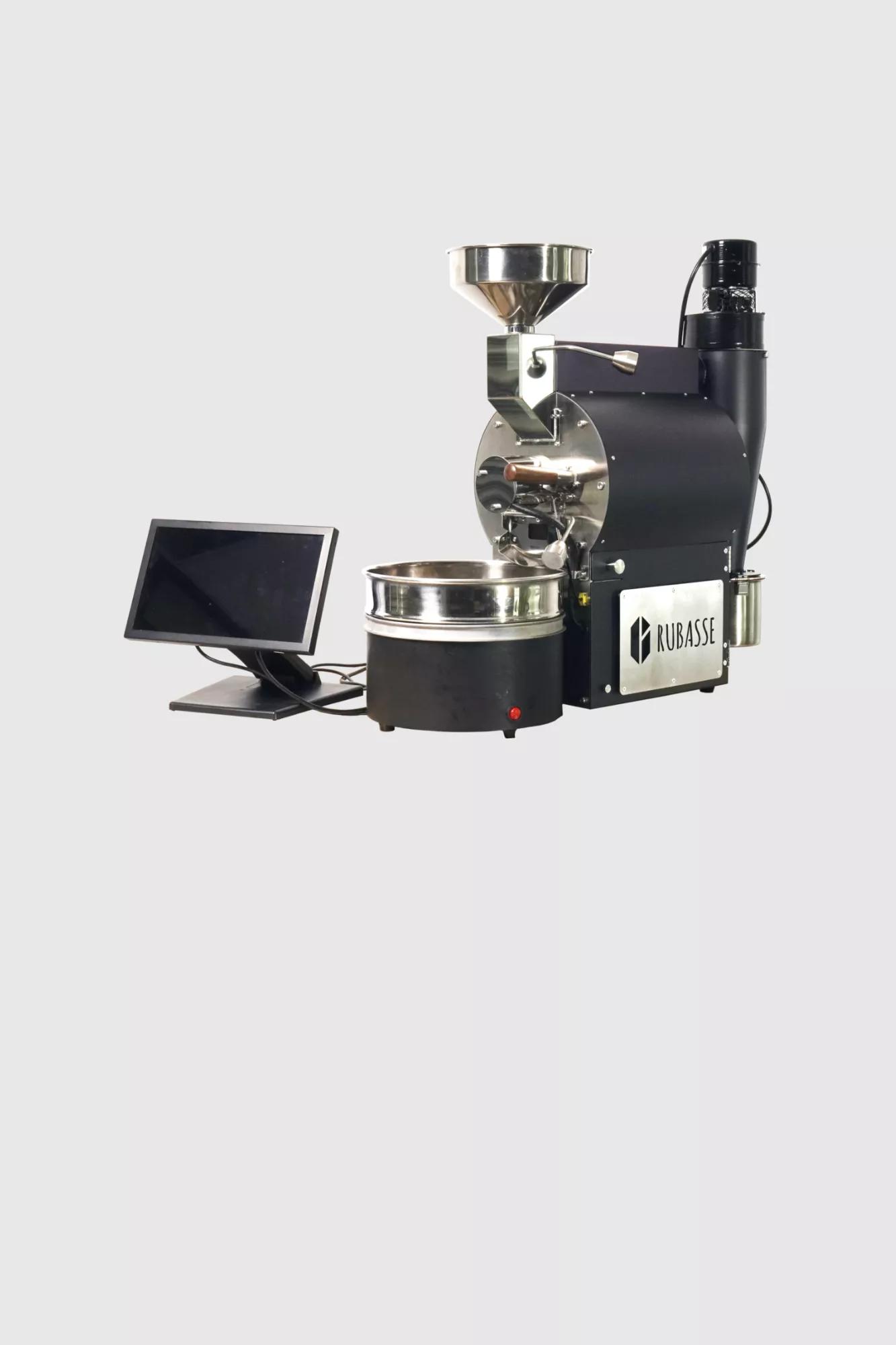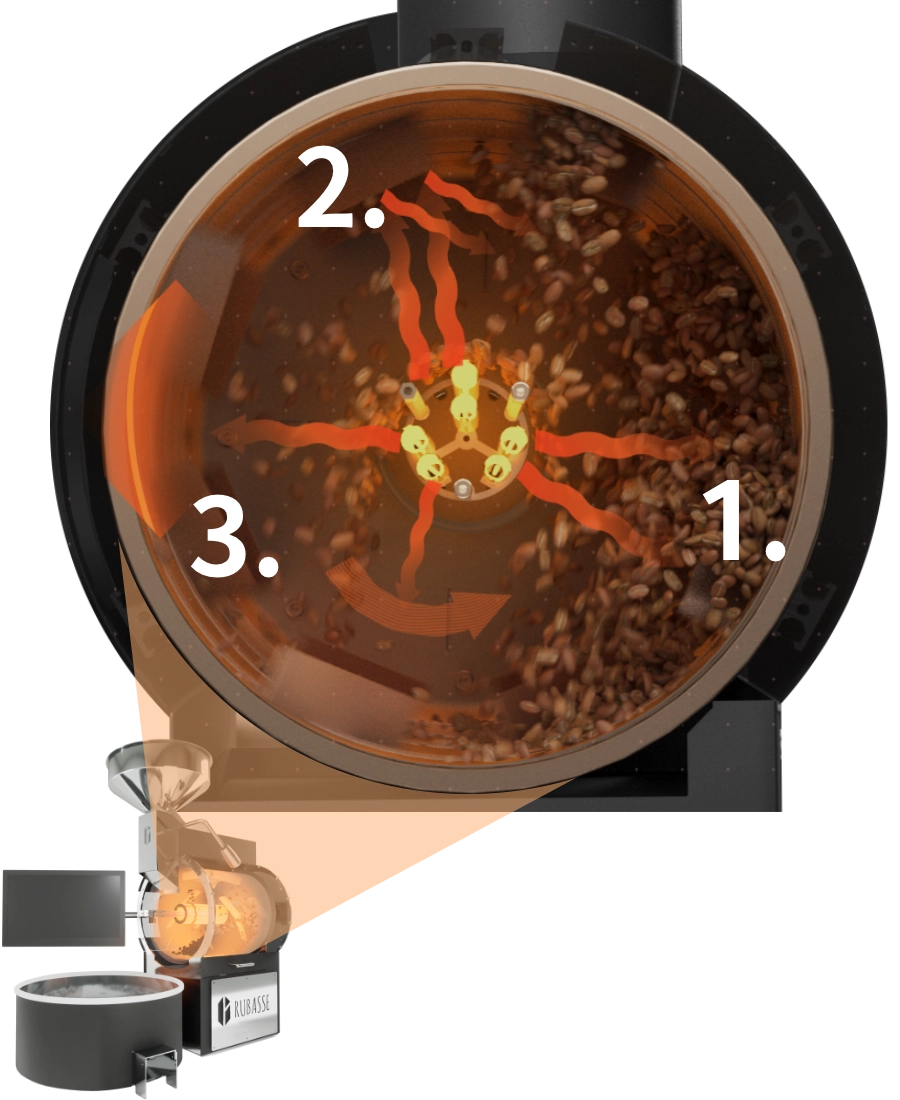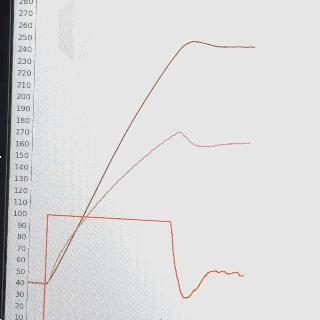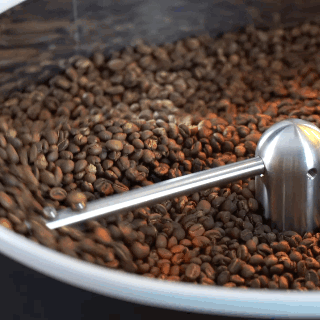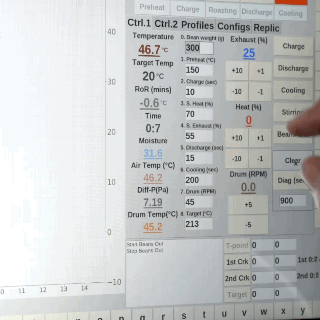
Radiation does not heat up air directly.
Instead, the near infrared radiant energy would:
1. Be absorbed by the coffee & be used for roasting directly
2. Transmit through the bean, and be reflected by the drum inner surface
3. Absorbed to heat up the drum
By "resonating" radiant heat energy within the roast chamber AND drastically decreasing heat energy wasted by unnecessarily hot exhaust air, Rubasse roasters achieved unprecedented energy efficiency.






